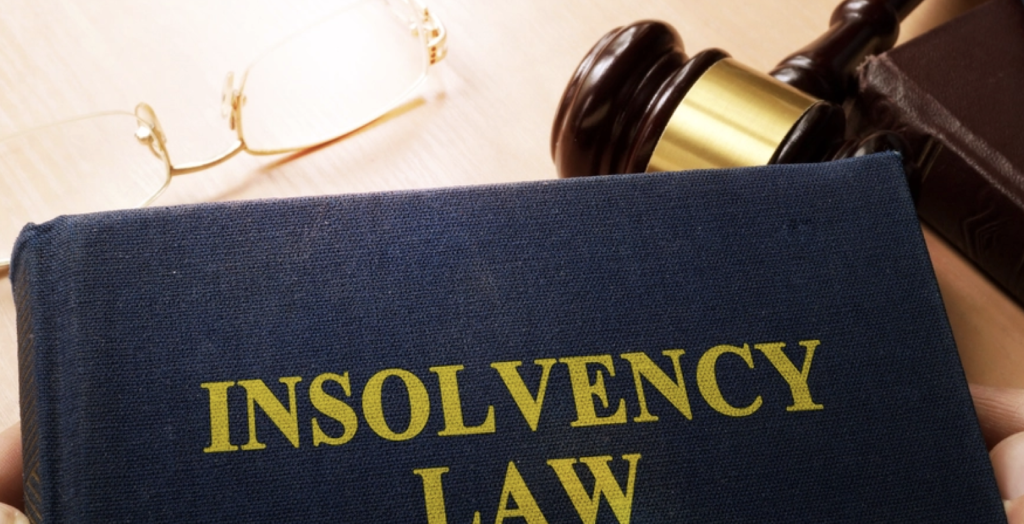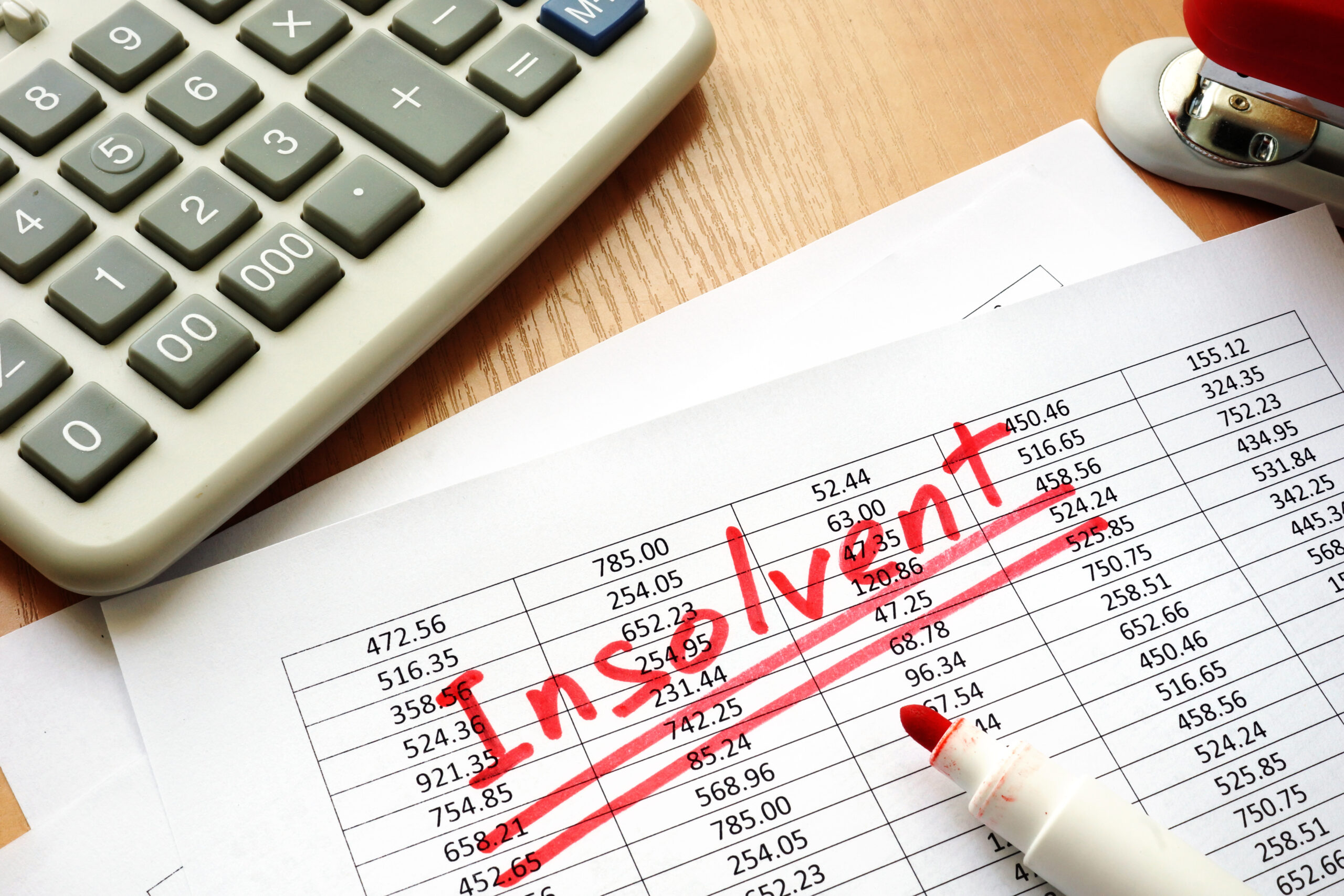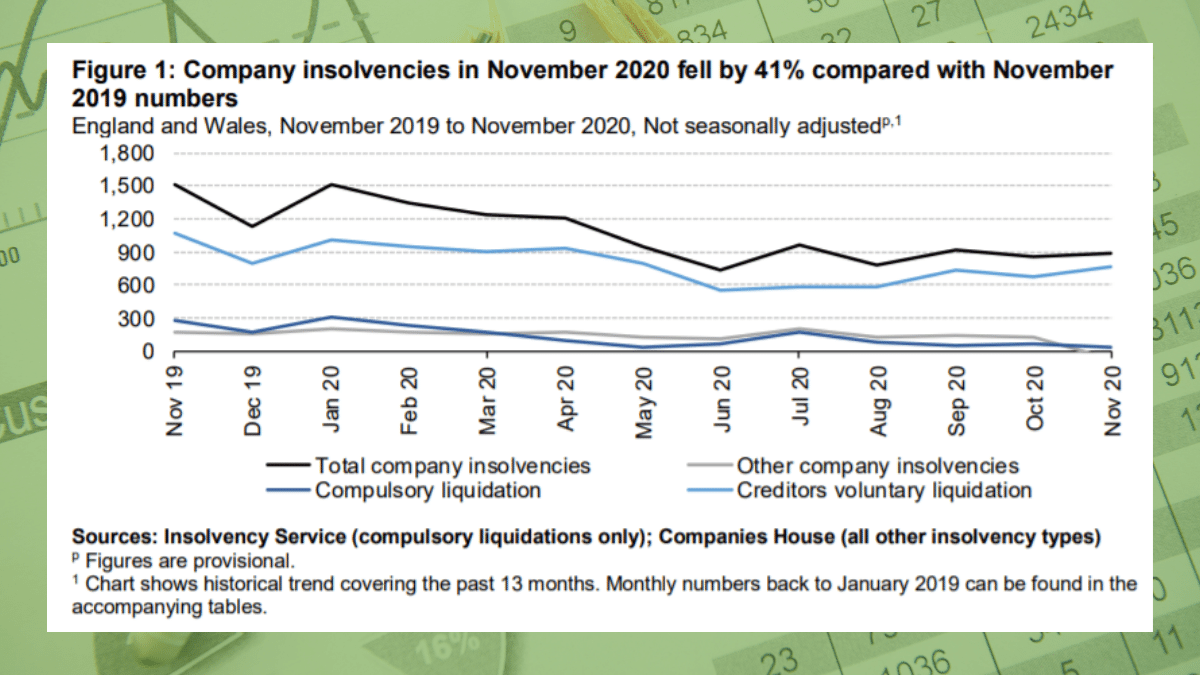The 6-Minute Rule for Insolvency Practitioner
The 6-Minute Rule for Insolvency Practitioner
Blog Article
The 10-Minute Rule for Insolvency Practitioner
Table of ContentsAn Unbiased View of Insolvency PractitionerThe Ultimate Guide To Insolvency PractitionerRumored Buzz on Insolvency PractitionerNot known Facts About Insolvency PractitionerInsolvency Practitioner Things To Know Before You BuyAll About Insolvency PractitionerLittle Known Questions About Insolvency Practitioner.
Bankruptcy is when obligations are more than the worth of the business, or when a borrower can not pay the financial obligations they owe. A business can become insolvent due to a variety of situations that cause bad money flow. When confronted with bankruptcy, an organization or person can get in touch with creditors straight and restructure financial debts to pay them off.
Bankruptcy can cause bankruptcy process, in which lawsuit will certainly be taken versus the bankrupt individual or entity, and assets. Insolvency Practitioner may be sold off to pay off impressive debts. Local business owner might contact financial institutions straight and restructure financial debts into more manageable installations. Lenders are commonly responsive to this method because they want to be paid back and prevent losses, even if the repayment is on a postponed timetable.
The owner creates a proposal describing how the debt may be restructured utilizing expense decreases or various other strategies for assistance. The proposition shows lenders how the organization might create enough money flow for successful operations while paying its financial debts. Usually, a forgiven debt may be considered earnings by the Irs (IRS).
9 Easy Facts About Insolvency Practitioner Described
When a company has to pay enhanced costs for items and services, the company passes along the price to the consumer. As opposed to pay the increased price, many customers take their service in other places so they can pay much less for an item or service. Shedding clients results in shedding revenue for paying the company's creditors.
The service may wind up paying large amounts of money in damages and be incapable to proceed procedures. When procedures cease, so does the company's income. Lack of revenue leads to overdue expenses and financial institutions requesting cash owed to them. Some companies end up being bankrupt because their products or services don't advance to fit customers' transforming requirements.
A Biased View of Insolvency Practitioner
Expenses surpass profits and bills stay unpaid. Kinds of bankruptcy include cash-flow insolvency and balance-sheet bankruptcy. Cash-flow insolvency occurs when a firm has the assets to cover their financial debts but they remain in the incorrect type, such as actual estate as opposed to liquid funds. Balance-sheet insolvency, on the various other hand, indicates an absence of assets in any kind of type to cover financial debts.
The internal revenue service states that a person is insolvent when the overall obligations surpass complete assets. Insolvency Practitioner. A personal bankruptcy, on the various other hand, is an actual court order that portrays just how a bankrupt person or service will pay off their financial institutions, or just how they will sell their assets in order to make the payments
Not known Facts About Insolvency Practitioner
If that circumstance extends longer than anticipated, it can bring about insolvency. When a company or person is bankrupt, they can not meet their economic responsibilities. Solvency is when you have sufficient funds to cover the repayments you owe. A firm is thought about solvent when they have extra properties than responsibilities.

Understanding the factors that can result in insolvency, such as overspending, can aid you protect against insolvency and its effects.
Not known Details About Insolvency Practitioner
It is popular that supervisors and police officers of firms (and supervisors of minimal obligation business) owe fiduciary responsibilities to their companies and their shareholders (or participants). These fiduciary responsibilities are defined by state laws and, though there are variants from one state to another, they typically consist of a task of commitment and a task of care.
The task of treatment requires directors and policemans to exercise diligence, to make informed choices, and to act informative post in great confidence to ensure that their activities are in the very best passion of the business. Past the scope of this conversation, some states permit these duties to be restricted either by so noting in the business papers or abiding with various other needs.
All about Insolvency Practitioner

Beware regarding offering investors special therapy at the expense of creditors (e.g., licensing and moneying a dividend or a stock redemption). Take care about favoritism between courses of shareholders. Clear up initiatives to discover all the truths before taking a particular course of action; directors should genuinely believe that any kind of decisions made remain in the very best interests of the corporation in its entirety (i.e., choices will certainly be reviewed in hindsight in light of the effect of such activities on the company).
In any type of insolvency or insolvency proceeding, check my reference settlements made to specific financial institutions at the cost of other lenders can be clawed back, particularly if there is some connection in between the company and the financial institution. Think about recommending at a yearly stockholder meeting (or any type of various other conference of investors) a resolution affirming that all previous service decisions and activities taken by the directors and policemans of the company were taken in great faith after an exercise of reasonable care.
How Insolvency Practitioner can Save You Time, Stress, and Money.
Fully disclose any individual or service connections with events on the various other side of deals including the firm to avoid the look of a dispute of interest. In reviewing potential fund elevating transactions or a sale of possessions of the troubled company, understand that these transactions might be scrutinized later because of any type of succeeding expansion of directors' fiduciary obligations to consist of lenders.
Report this page